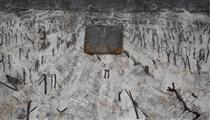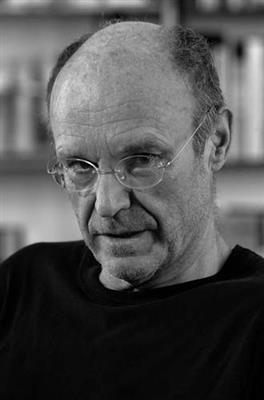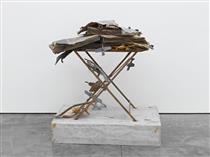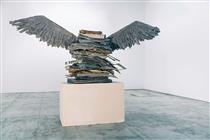
1945
Anselm Kiefer

description
German painter and sculptor, key figure in Neo-expressionism and one of post-war Germany’s most famous artists. He is famous for using atypical materials such as straw, ash, clay, lead, wood, glass and shellac in his works. He also creates images for theaters and books.
Kiefer’s style has developed under the influence of the philosophy of Kabbalah, mysticism and works of different spiritualists such as Robert Fludd. His works include symbolic elements connected with national identity, theology and mysticism.
The use of strange materials makes Kiefer’s works very fragile. The artist says that this helps him demonstrate “the natural form of the things”. Moreover, he adds different words on his paintings, making the works more unique. According to art experts, Kiefer’s talent is archaeological, because, just like an archeologist, he pays attention to very old things. In his abstract works, the artist mixes colorful layers in a random but precise manner.
Kiefer’s works can be found in the largest museums of Europe, the United States and Australia.
Key ideas:
– One of the main themes of Kiefer’s paintings is the history of Germany and criticism of fascism.
– By the end of the 1980s, he began to address the role of Germany as a civilization in the development of world culture. His paintings became more sculptural and started to include symbolic elements connected with national identity.
– In the 1990s, Kiefer began to analyze universal myths about the meaning of life in his paintings.
1945
1969
1992
2009
The birth of the artist
The artist became famous for a provocative installation

Kiefer settled down in Barjac

Two exhibitions were held at the White Cube gallery in London

